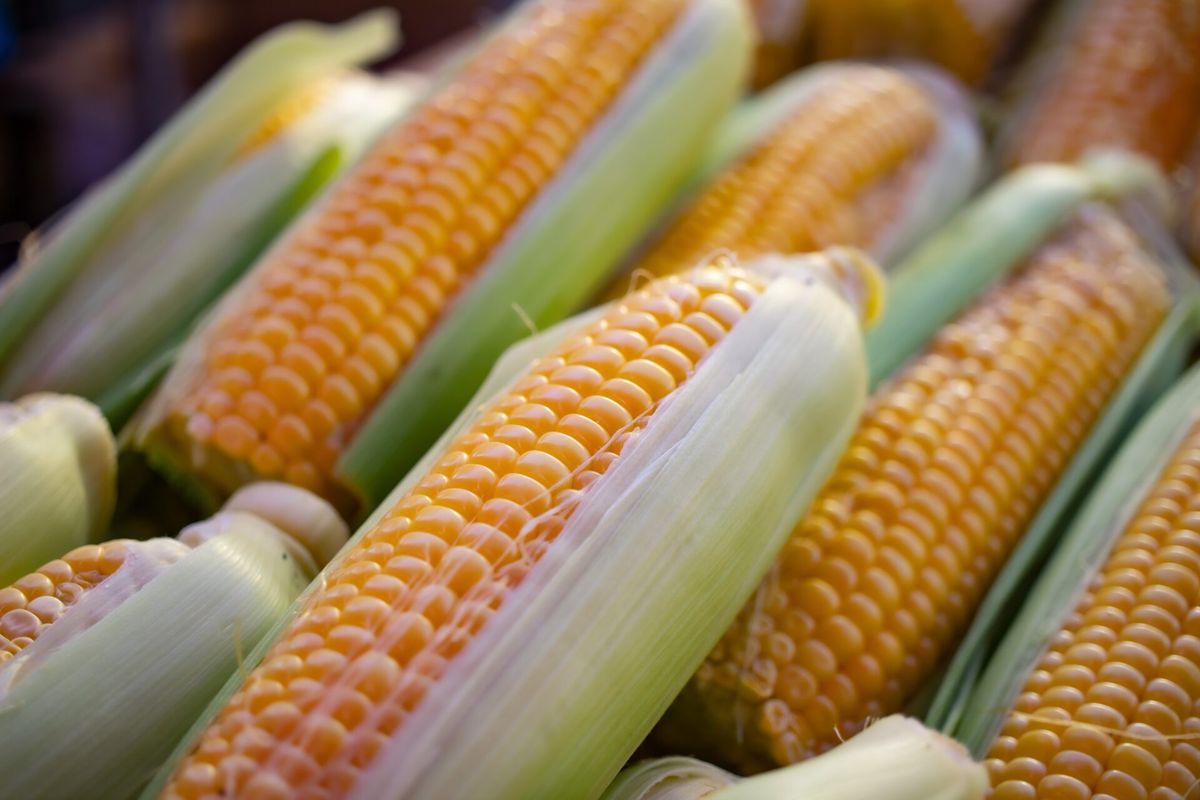China’s demand to drive Asian corn market

Asian feed corn buyers will enter 2024 with a positive sign of demand recovery in Southeast Asia while China’s demand to remain strong as it embarks on supply diversification.
In 2023, destination corn prices saw a steady decline from the highs as a record crop in Brazil alleviated global supply tightness. Platts, part of S&P Global Commodity Insights, assessed corn CFR Northeast Asia at $239.50/mt July 3, a 33-month low, before reaching a range between $255-$265/mt in the fourth quarter of 2023. However, end-users were not spared from price volatility as weather markets persisted as logistics and slow farmer selling in Brazil eventually limited the downside on cash prices.
In 2024, there will be several moving parts that could influence the price of corn into Asia, driven by the demand and policies of China and supply dynamics at key origins. Price volatility will persist on weather influences and Ukraine is still in a war, while freights will have an increased impact on volatility as compared to 2023.
China diversifies corn suppliers
Since the start of the Russia-Ukraine war, China has facilitated supply diversification of corn, with exports from Argentina close to becoming a reality after flows from Brazil and South Africa took off in 2023.
China continues to be one of the largest importers of corn in the world, thereby playing a major role on the demand side of the global trade equation.
“Our current forecasts for corn demand in Asia are up moderately in most countries, with the largest growth in China and Vietnam,” the US Department of Agriculture told S&P Global in an email. China’s consumption of feed grains is expected to increase by 5 million mt for 2023-24 and reach record levels, according to Anamaria Martins, senior analyst at S&P Global.
China has approved the imports of Argentine corn, mirroring the move for Brazilian corn a year earlier. “China is always looking for the cheapest corn in the market and will go to Argentina if they offer cheaper prices,” Martins said. Should a flow begin, it could support Argentina as a favorable corn supplier amid a potential reduction in Brazil’s Safrinha corn planting and production upside of El Nino on Argentinian corn. Argentina’s corn production is slated for a return to average after a crop failure in 2023.
Potential changes in Argentinian trade and agricultural policies are also expected to favor an export agreement with China. Javier Milei, the new president, has promised changes in export duties, less market intervention, and more support for Argentinian farmers. “Under his helm the export approvals to China can be expedited, opening up a sizeable market for the Argentine farmer,” said a Singapore-based trader.
In 2023, China experienced a record corn production of 288.84 million mt, up 4% on the year, according to the National Bureau of Statistics, erasing early concerns that extreme heat and typhoons have damaged crops in key producing regions. China had maintained a strong corn import program despite a record crop and weak downstream demand.
There are downside risks to China’s local corn prices accompanying an increase in production, due to the bearish hog market with negative hog margins and sluggish demand over the past year. However, long-term import demand may be restrained if production trends upwards while downstream sectors continue to perform poorly.
In December 2023, the Chinese Ministry of Agriculture and Rural Affairs approved and registered 37 genetically modified corn seed varieties, moving the sector closer to commercial planting after large-scale trials showed positive results.
“China’s adoption of genetically modified corn planting will likely boost corn yield, increasing production if all other factors remain constant,” Kun Peng, research and analysis associate director at S&P Global said.
Despite a potential increase in local supply, state-owned enterprises are expected to continue driving imports to stock reserves in the near term. Over the past four years, China imported a total of 5%-10% of its total annual corn demand, S&P Global data showed.
“The vast majority of corn imports by state-owned enterprises, who have been strong buyers even as domestic prices were weaker,” Darin Friedrichs, market research director at Sitonia Consulting said.
Optimism over Vietnam’s demand has buoyed the market as participants braced themselves for a recovery of feed milling and meat demand. Vietnam picked up the import pace in the second half of 2023 as corn prices fell in addition to maintaining sizeable trade flows from Pakistan, India and Russia.
Market participants remain confident that imports could exceed 10 million mt in 2024, but the downside lingers in animal health and economic risks. Vietnam holds a large imported corn inventory and expected deliveries of Brazilian feed wheat in the first quarter, limiting the upside in corn imports in 2024.
Higher temperatures are expected in Southeast Asia during the El Nino window, potentially disadvantaging regional corn production. Indonesia, Thailand and the Philippines could see a weather-related downside pertaining to weather conditions, putting existing import policies into scrutiny should there be a production shortage.
The Asian feed and downstream sectors in 2024 will dictate demand side dynamics in the global corn market while keeping a close watch on the corn ethanol related policies in the US and Brazil for supply competition.
Read also
Wheat in Southern Brazil Impacted by Dry Weather and Frosts
Oilseed Industry. Leaders and Strategies in the Times of a Great Change
Black Sea & Danube Region: Oilseed and Vegoil Markets Within Ongoing Transfor...
Serbia. The drought will cause extremely high losses for farmers this year
2023/24 Safrinha Corn in Brazil 91% Harvested
Write to us
Our manager will contact you soon



